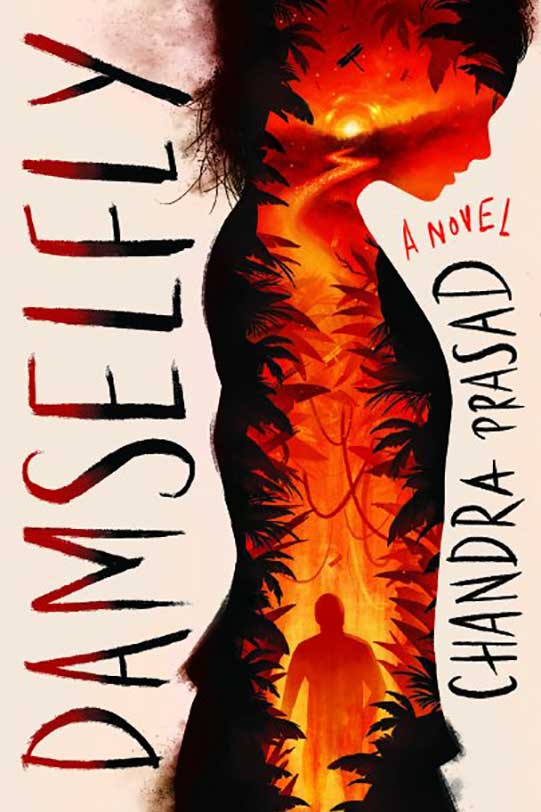Why Teachers Pair Classics with “Linked” Young Adult Texts in the Classroom
Now more than ever middle school, high school, and college English and Language Arts teachers are opting to pair classic texts with their modern-day young adult counterparts in the classroom. This practice of using “linked texts,” which becomes more popular every year, has several benefits.

First, many students relate more to contemporary YA books than they do to classics. When a classic and a linked contemporary novel are read in parallel, students who identify with characters or situations in the YA book often discover newly relevant aspects of the classic work too. The result is a more personal, rich, and nuanced understanding of both books.
In Leigh Emig’s excellent research paper, “Combining Young Adult and Classic Literature in a Secondary English Classroom,” she states that “choice is a factor in motivating students to read.” Because many students want to read contemporary YA lit and choose to read YA lit outside of school, having YA books in a class curriculum motivates students to read more avidly and thoughtfully. The readers’ personal engagement with the YA book often translates into a more committed and enjoyable reading of the classic as well.
Finally, there is ample data suggesting that YA texts build new pathways and connectors to canonical literature, especially to classics that students may find outmoded, inaccessible, or boring. In “Birth/Death/Rebirth: Pairing Young Adult and Classic Novels to Teach Situational Archetypes,” librarian Christine Sanderson writes, “the YA novel is a work which can stand on its own literary merits, but which can also serve as a bridge to a deeper understanding of… canonical novels.” Whether the term is “bridge,” “pathway,” or “connector,” the idea is the same: reading a YA novel that is linked with a classic will likely improve students’ overall critical literacy.
Why Pairing Damselfly with Lord of the Flies Makes Sense
Damselfly is not a modern retelling of Lord of the Flies, but it does share major themes and a similar setting with the classic. The two books also ask the same questions about the human condition, the fragility of society, and the tension between individualism and community.
Importantly, Damselfly reflects today’s modern global society—a society that students today can relate to. The kids who inhabit the island where Damselfly takes place are diverse in terms of gender, race, and class. The narrator of Damselfly is a multiracial female who grapples with her sense of self even as she struggles to survive the island’s many dangers. Damselfly also wrestles with questions that are uniquely relevant to today’s teens: how would life be different without social media connectivity? What happens when drastically different cultures and values collide? How is bullying by girls different than by boys?
Damselfly has been vetted by a large number of teachers and librarians. The consensus is that Damselfly, when paired with Lord of the Flies, not only engages students but also encourages them to explore the complexities of both texts.
